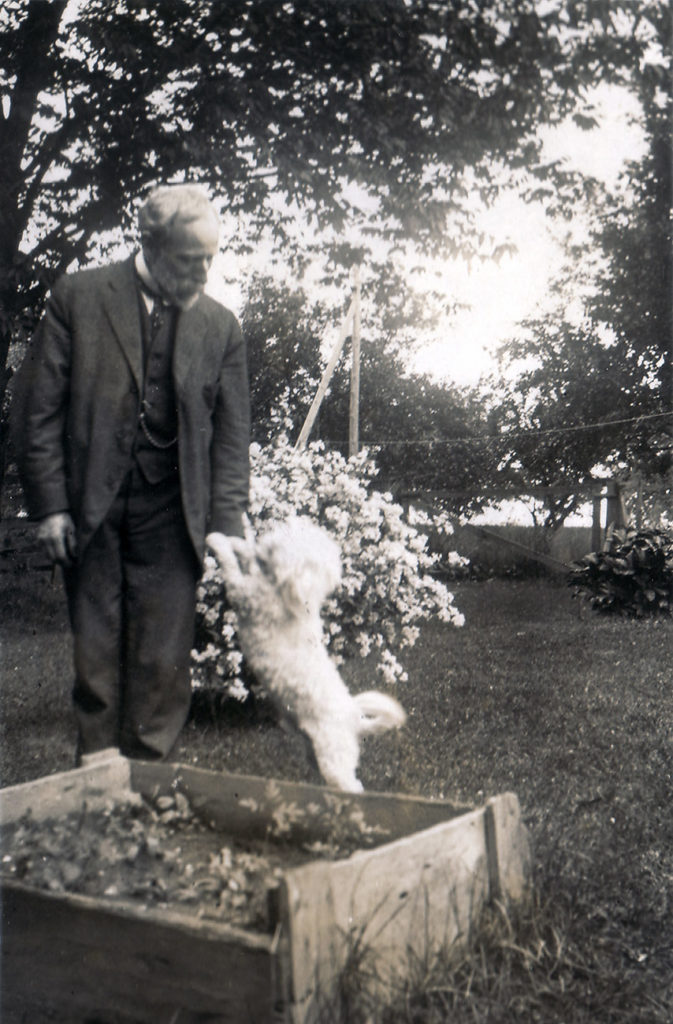Homer Ransford Watson | 1855 - 1936
Dubbed “the Canadian Constable” by Oscar Wilde
Born in Doon (now Kitchener), Homer Watson was the second of five children: Jude, Homer, Irving, Phoebe and Will. His father, Ransford Watson, owned and operated the nearby woolen mill and his mother, Susannah, cared for the home and the family.
Homer Watson’s interest in the arts was evident at an early age. He made pictures from his food, carved images on fence rails and was constantly sketching. At the age of 11, Watson was gifted a set of watercolour paints and at 15 he received his first set of oil paints. He continued to develop his skills and in the same year he completed his painting Swollen Creek, depicting his sister Phoebe and a young neighbour. Watson explored painting figures in his early works but soon realized his greatest inspiration was the landscapes around him. Predominantly self-taught, Watson copied prints of the old masters in books from his father’s library and later the Ryerson collection at the Toronto Normal School to further develop his skills.
Ten years after starting his art career, Homer Watson rose to celebrity status after the inaugural exhibition of the Royal Canadian Academy in 1880. At this exhibition, Watson sold his painting The Pioneer Mill to the Marquis of Lorne, Governor General of Canada, as a gift for Queen Victoria. The painting sold for $300, reassuring Watson in his decision to pursue art and cementing his place in the Canadian and International art world.
The following year, Queen Victoria acquired a second Watson painting titled The Last Day of the Drought. Both pieces remain part of the Royal Collection Trust and now hang in Buckingham Palace. Following the sale of these pieces, Watson bought the house that is now Homer Watson House & Gallery and married his sweetheart, Roxanna Bechtel.
Throughout his career, Watson travelled to Europe, the United States and across Canada. He exhibited his paintings in cities all over North America and Europe including Paris, London, Glasgow, and Chicago. In Canada, Watson had a positive reputation amongst his peers and was elected the first President of the Canadian Art Club.
Beyond his interest in visual arts, Watson was also an avid canoeist, spiritualist, musician and environmentalist. He was a founding member of the Grand River Park Company, which formed to purchase Cressman’s Woods to prevent it from being sold to sawmills. The initiative was successful, and the land is now known as Homer Watson Park.
After a lifetime of creating and selling his art, Watson had built a small fortune for himself. Unfortunately, most of this wealth was lost in the stock market crash of 1929. He was forced to sell some of his favourite pieces from his private collection and was never able to reacquire his fortune.
Homer Watson died May 30, 1936 at the age of 81 and is buried at the Doon Presbyterian Cemetery on Mill Park Drive.
To learn more about Homer Watson visit Art Canada Institute’s book “Homer Watson: Life & Work” by Brian Foss












